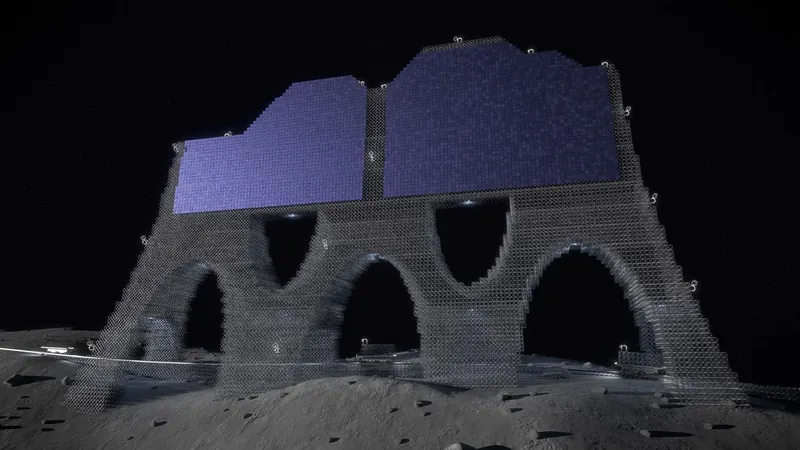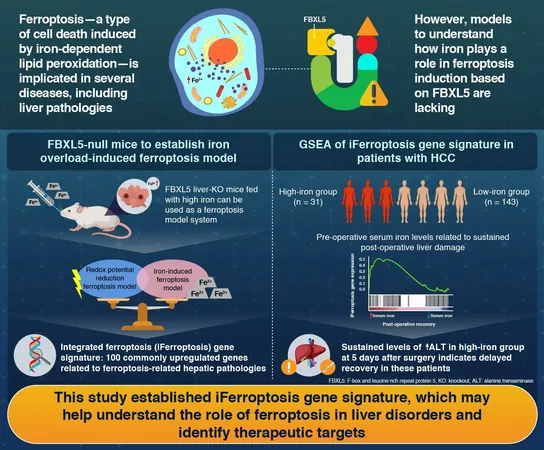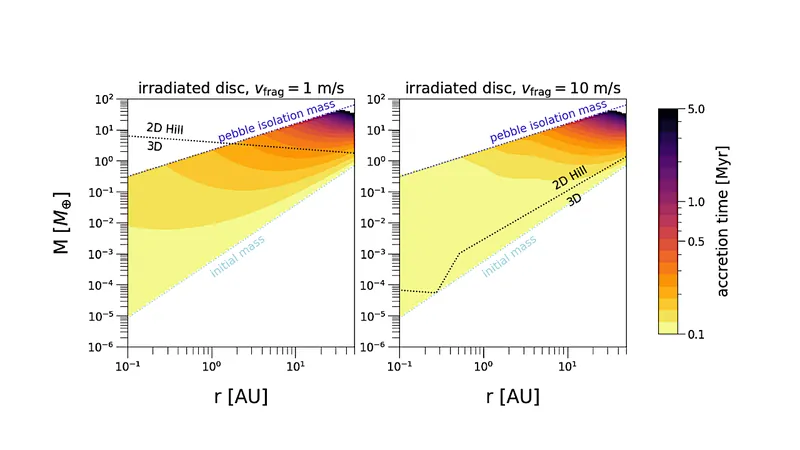
Revolutionary 'Metamaterial' Inspired by Nature May Shape the Future of Space Habitats and Telescopes!
2024-12-30
Author: Yu
Introduction
In nature, structural designs often arise from simple, repeatable patterns that might seem disorganized at first glance. Think of the intricate lattice-like formations found in bones or coral reefs, where complex and robust structures emerge from fundamental patterns developed through countless growth cycles.
While individual elements like bone cells might not exhibit impressive strength on their own, their collective organization allows them to support significant weight and adapt to various functions.
Inspired Engineering
This intriguing principle is inspiring engineers to create innovative materials capable of mimicking these flexible designs. The objective is clear: develop materials that form from repetitive growth patterns, acquiring enhanced properties that single components do not possess independently.
Metamaterials
One of the leaps forward in this field is the emergence of metamaterials, which have the remarkable ability to alter their shape or characteristics in response to external stimuli, such as an electric field or compression.
Applications in Space Exploration
The potential applications of these adaptable materials are astounding, especially for space exploration. Imagine the ability to launch cargo comprised of simple materials that self-assemble, and even reconfigure, once in orbit. This innovation could circumvent the challenges associated with testing and launching complex and sizable structures, like habitats or telescopes, while also providing the flexibility to modify these structures according to changing mission requirements.
Totimorphic Lattice
A particularly promising type of metamaterial is known as a totimorphic lattice. This intricate design primarily consists of triangular units. Each unit features a fixed beam connected by ball joints to an arm, with spring mechanisms aiding in flexibility. When assembled, these lattices can morph into an array of shapes using minimal energy input, exhibiting impressive versatility.
Recent Advances
Recent advancements by the European Space Agency's Advanced Concepts Team are transitioning these totimorphic lattices from mere theory to feasible applications. A pivotal challenge was understanding how to reshape a large lattice structure efficiently without causing entanglement during the transformation process. Through innovative computer simulations, researchers optimized the method for converting one shape into another.
Practical Applications
In their studies, the scientists illustrated two practical applications. First, they envisioned a habitat structure capable of transforming its shape and stiffness, tailored for the needs of future space explorers. Such modules could be deployed on extraterrestrial surfaces, adapting as necessary to provide varying shelter configurations.
Second, the researchers conceptualized a flexible space telescope. Thanks to the adaptable nature of totimorphic lattices, the telescope could modify its lens curvature to adjust its focal length, enabling a single multipurpose instrument that seamlessly adapts to offer optimal observational capabilities for different celestial targets.
Conclusion
However, it's important to note that while this research is groundbreaking, totimorphic lattices remain largely hypothetical at this stage. Practical materials that embody these qualities do not yet exist, but the implications for space exploration are monumental. As the financial and logistical challenges of space travel persist, developing adaptable, lightweight structures is critical for advancing humanity's presence in the cosmos.
Stay tuned for more exciting developments in metamaterials that could revolutionize our approach to living and exploring beyond Earth!



 Brasil (PT)
Brasil (PT)
 Canada (EN)
Canada (EN)
 Chile (ES)
Chile (ES)
 Česko (CS)
Česko (CS)
 대한민국 (KO)
대한민국 (KO)
 España (ES)
España (ES)
 France (FR)
France (FR)
 Hong Kong (EN)
Hong Kong (EN)
 Italia (IT)
Italia (IT)
 日本 (JA)
日本 (JA)
 Magyarország (HU)
Magyarország (HU)
 Norge (NO)
Norge (NO)
 Polska (PL)
Polska (PL)
 Schweiz (DE)
Schweiz (DE)
 Singapore (EN)
Singapore (EN)
 Sverige (SV)
Sverige (SV)
 Suomi (FI)
Suomi (FI)
 Türkiye (TR)
Türkiye (TR)
 الإمارات العربية المتحدة (AR)
الإمارات العربية المتحدة (AR)